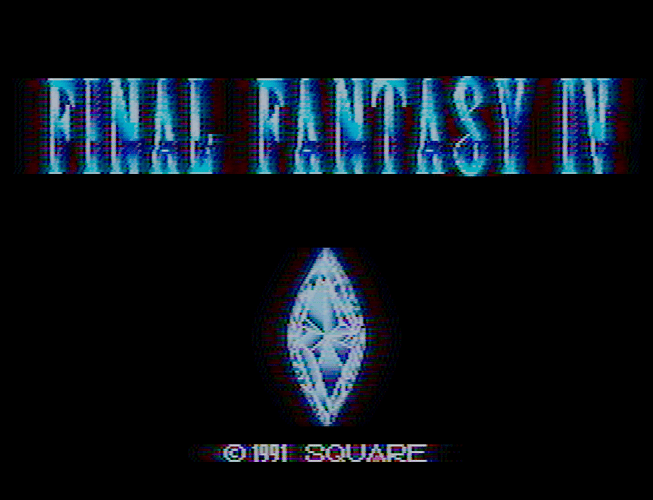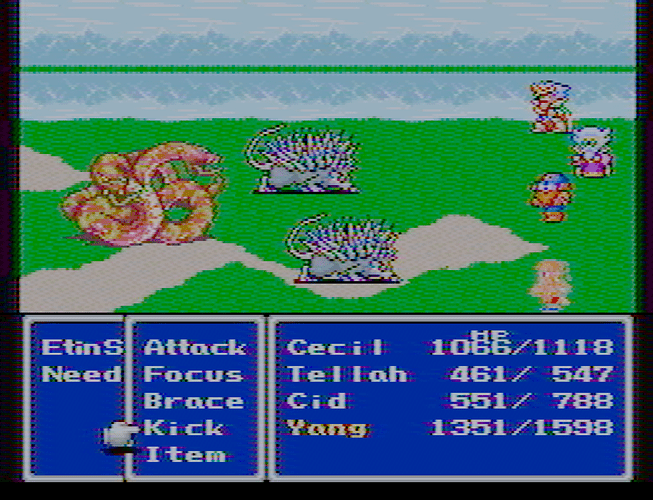I’ve made some random progress on my NTSC shader. Hopefully I’ll have it finished enough by the end of this month to where I’m comfortable submitting a PR to the slang-shaders repository.
- Did a better job at simulating NTSC colors. I’ve done a much better job at simulating the colors of my 1985 Toshiba Blackstripe and 1989 RCA ColorTrak, and I have made better approximations of standard NTSC color.
- Added support for comb filtering with NES and SNES, but I’m not sure if real CRTs worked this way or not.
- Added interlacing. If the vertical resolution is over 300 pixels, interlacing is enabled.
The NES simulation still needs more work. In particular, it is missing row-skew in its colors, so you won’t get a very accurate NES palette with this.
Download here: https://www.mediafire.com/file/3e652wqa2kfpxuh/p68k-fast-multipass-2025-10-07.zip/file
One of the included presets lets you do only the NTSC color correction. It contains a lot of confusing settings, but there is only one that really matters much: “Video decoder/region (see list below)”
- US consumer - Options 3 and 4 are based on real US NTSC consumer CRTs that somewhat break the NTSC standard. Option 3 gives the stronger “consumer” feel with a 9300K whitepoint, and I believe it appears in many Sony and Toshiba consumer CRTs in the US.
- Japan consumer - Option 7 is a guess at what a Japanese consumer CRT could look like.
- US or Japan PVM - Options 2 and 6 are based directly on the US and Japan standards respectively. While these were always the standard for professional NTSC CRTs, I assume it didn’t become widespread in consumer CRTs until the later half of the 90s.






